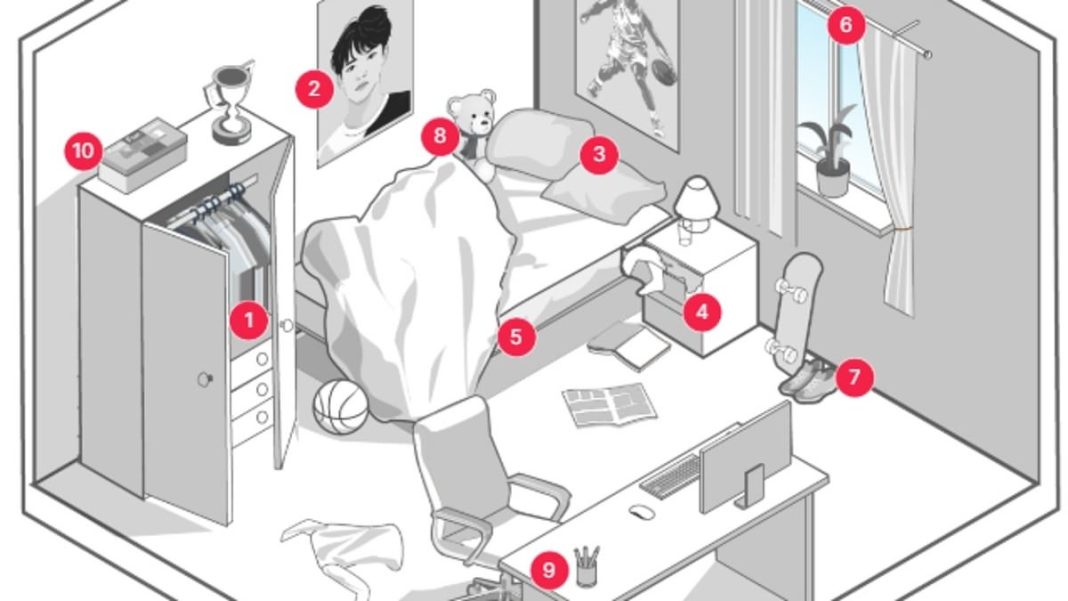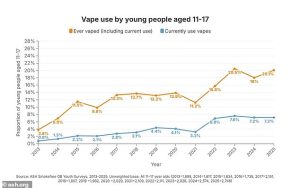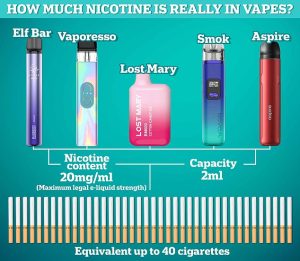Teen Vaping Crisis: Expert Reveals Common Hiding Spots
As teenage vaping rates surge across the UK, parents face growing concerns about secret e-cigarette use. Children who vape regularly are three times more likely to become smokers later in life, with studies linking the habit to respiratory illness and substance abuse.
Key Takeaways
- Vaping among children has tripled since 2021 according to DHSC data
- Experts analyzed 50 TikTok videos revealing creative hiding spots
- Common locations include clothing, behind wall art, and inside pillows
- Approach conversations carefully rather than conducting room searches
Most Common Vape Hiding Spots
After analyzing TikTok content, Provape researchers identified these frequent hiding locations:
- Inside or between unused clothes (40% of videos)
- Behind paintings, canvases or posters (28%)
- Inside pillows or pillowcases (22%)
- Under, inside or beneath drawers (20%)
- Under mattress or within bed frame (20%)
Other creative hiding spots include inside stuffed toys, glasses cases, jewelry boxes, empty skincare bottles, hollow hairbrushes, and even behind ceiling fans or TVs.
‘While vapes can be hidden almost anywhere, it isn’t recommended that you raid your child’s room in an attempt to find them,’ Joe Tucker, COO of Provape, said. ‘There are other signs that your teenager might be vaping – such as the language they use online.’
How Sellers Bypass Platform Bans
Despite TikTok’s prohibition on vaping product promotion, sellers use clever disguises and coded hashtags. They often market vapes as harmless products like lip gloss or sweets, using tags such as #elfbundles, #puffbars, and red-flag indicators like #discreetshipping and #noID.
How to Approach Your Child About Vaping
If you suspect your child is vaping, experts advise against direct accusations. Instead, create opportunities for natural conversation.
‘Use a news story to start a natural conversation, asking their thoughts and explaining the risks in a straightforward, non–judgmental way,’ Tucker recommended. ‘Show care and sensitivity so your child feels safe opening up. Confiscating or banning vapes may cause rebellion or distrust.’
Focus on creating a supportive environment that encourages communication and informed decision-making rather than confrontation.
Health Concerns and Academic Impact
Recent research published in The BMJ highlights serious concerns about teenage vaping. Academics from the UK, Australia and the Netherlands warn that vapes are ‘compromising children’s human rights’ and call for stricter regulation.
Teenagers are particularly sensitive to nicotine exposure, which may have long-term effects on attention, cognition, memory and mood. Some children are missing lessons to vape and struggling to concentrate in class due to nicotine dependence.
Understanding E-Cigarettes
Electronic cigarettes allow users to inhale nicotine by heating a vapour from a solution containing nicotine, propylene and flavourings. While they don’t produce tar or carbon monoxide like traditional cigarettes, the vapour does contain harmful chemicals.
Nearly three million people in Britain use e-cigarettes, with popularity growing among youth despite health warnings and age restrictions.








